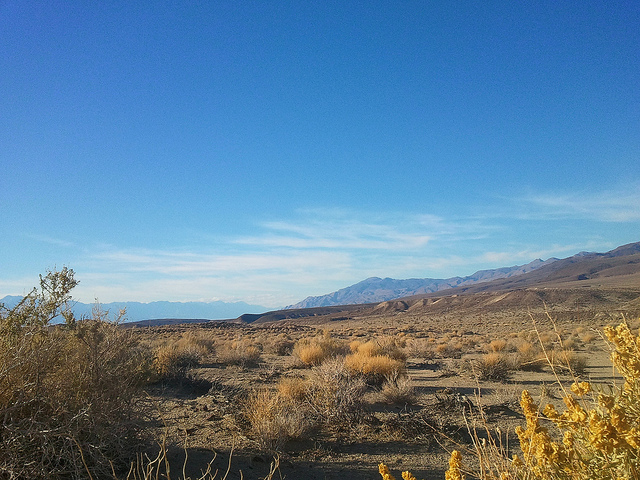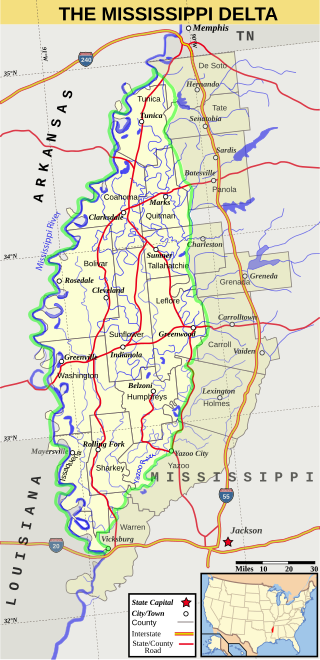Here Are the States That Drain the Most of Our Natural Resources
By:
Compared to the entire world, the United States has the second largest ecological footprint, second only to China. But which of the states within the United States contribute the most to that ecological footprint? California, Texas, and Florida topped the list, according to a report released earlier this month by the Global Footprint Network. Researchers also found that 34 of the 50 states have that kind of "ecological debt." Maryland, Delaware, and Virginia consumed the most ecological resources per person.
Researchers arrived at these numbers by calculating the natural resources consumed by a state (called “ecological footprint demand”), such as crops, seafood, and forest products, and subtracting that from the amount of land within the state that can produce those resources such as fishing grounds, forested area, and cropland (called “biocapacity land”).
 Rod Ramsey / Flickr - flickr.com
Rod Ramsey / Flickr - flickr.com
California, for example, has very little biocapacity land because of its large population and mostly dry climate. A study conducted in 2013 by the Global Footprint Network found that only 3 percent of California was cropland – an insufficient amount to feed Californians and to sustain California’s agricultural exports. In addition, carbon emissions from transportation, industrial, and domestic activities account for 73 percent of California’s ecological footprint. According to the report, Californians are currently spending eight times its biocapacity. “This isn’t even including the drought,” said Mathis Wackernagel, Global Footprint Network President. “It will be interesting to see in years to come what the effect of the drought is on California’s biocapacity.”
 Philg88 / Wikimedia Commons - wikipedia.org
Philg88 / Wikimedia Commons - wikipedia.org
As states run out of their own natural resources, they must import resources from other areas, which can get increasingly more expensive as worldwide resources dwindle. In addition, many states depend on natural resources for income. For example, according to Earth Economics, an international nonprofit researching economic solutions to environmental problems, Washington state generates $21.6 billion from outdoor recreation in the state. Earth Economics also valued the Mississippi Delta at between $300 billion and $1.3 trillion because of how important it is for fishing, recreation, raw materials, water supply, and shipping. Wackneragel warned that if states didn’t actively seek ways to conserve and manage natural resource consumption, it would ultimately affect the economy. “It’s very much like a cow…if the pasture is used up, then the cow gets too skinny. It’s the same with the economy,” Wackneragel said.
Fortunately, states are starting to manage their resources more efficiently. Earlier this year, California became the first state to generate more than five percent of its electricity from utility-scale solar and many other states are moving towards renewable energy sources. Maryland, one of the other states with high ecological deficit, started using the Global Footprint Network’s Net Present Value (NPV+) system last year to calculate the environmental costs of living and doing business. That cost is on the state budget as “the social cost of carbon emissions,” and it has helped the state prioritize greener fleet vehicles (like the Nissan Leaf), weatherization projects (which would help the state save on heating and cooling costs), and land conservation efforts. “For states, it is important we have a better understanding about what an investment returns over its lifecycle: The sum of the purchase price plus the benefits that come back to us as a people,” then-Gov. Martin O’Malley told Governing Magazine.
